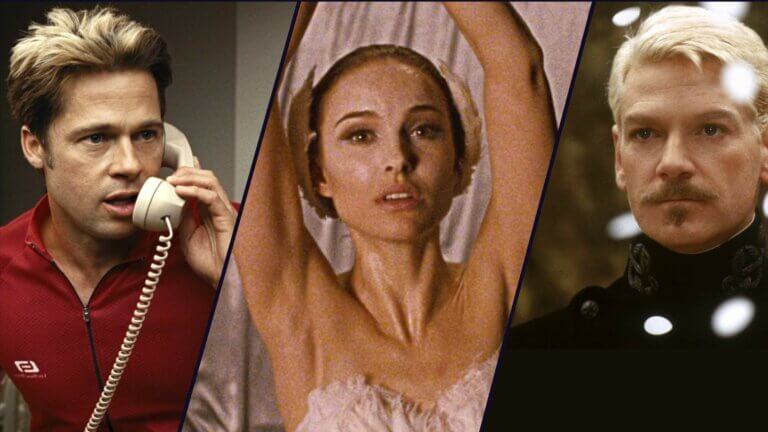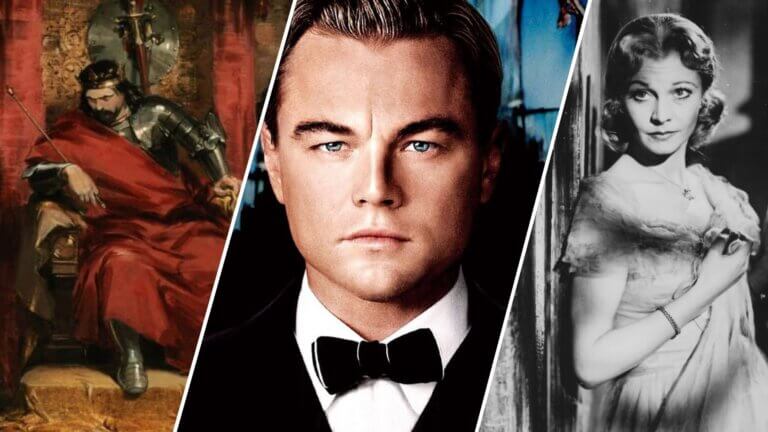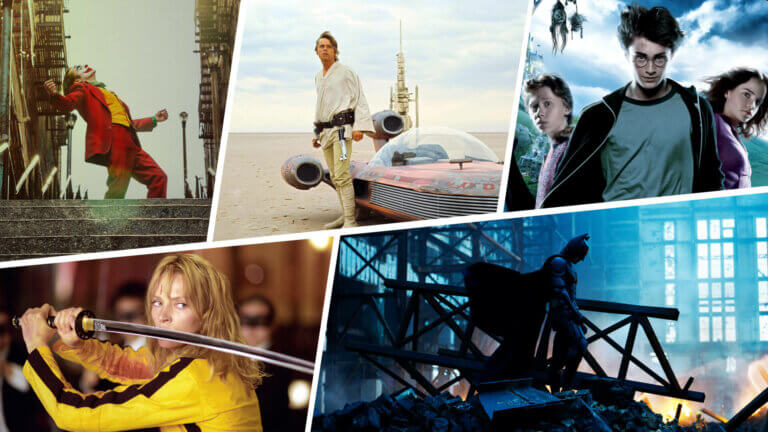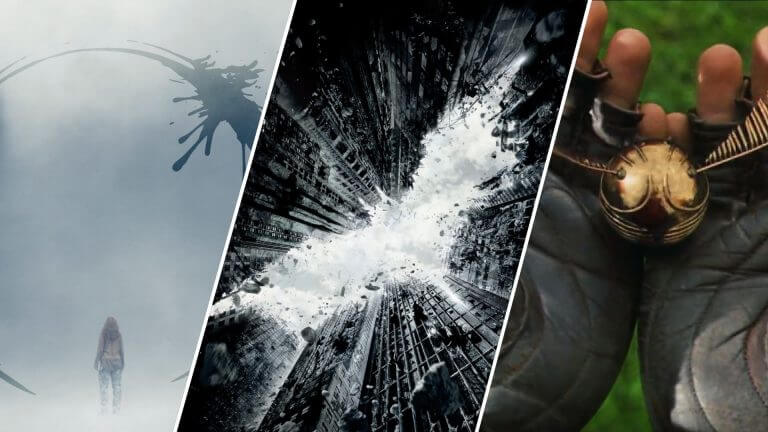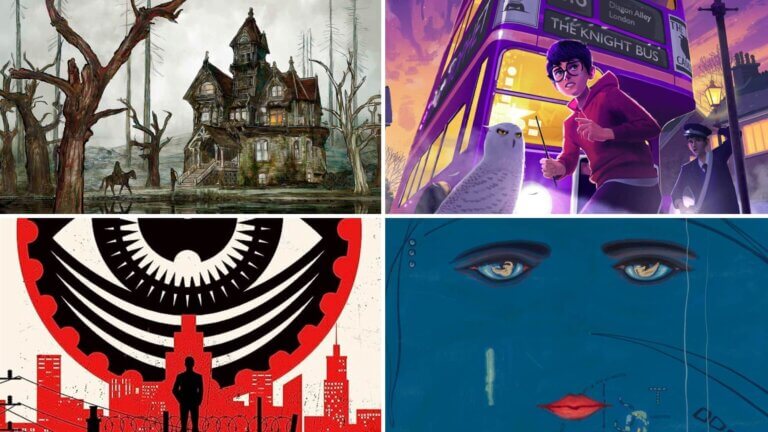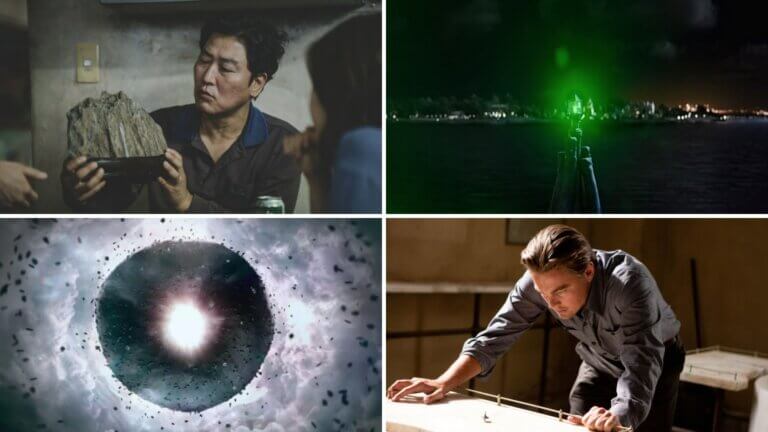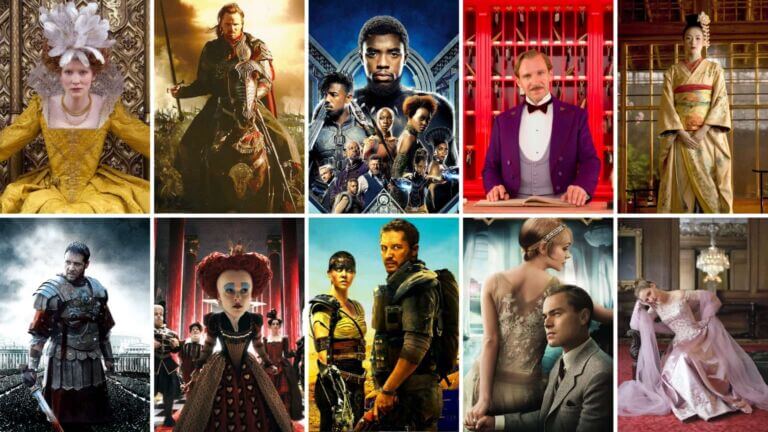The most striking characters in film have detailed, complicated character traits. On occasion, our heroes succumb to the power of their most wicked flaws. Hamartia is a timeless term that describes this failure. If you haven’t heard of hamartia before, don’t sweat it. We’ll unpack how to spot hamartia and utilize it in your own work. So, what is hamartia and how does it work? Let's find out.Continue reading What is Hamartia — Examples of Tragic Characters in Lit. & Film
A tragic hero is a longstanding character type that originated from some of the earliest documented story-telling. Stemming from early stageplays, this type of hero has made its mark as a literary tool not just on stage but in TV and film. But what is a tragic hero compared to any other protagonist? How does it fit into the overall narrative of a literary work? Continue reading to uncover how the tragic hero is a pillar of good stories and how its legacy still provides emotional catharsis to this very day. Continue reading What is a Tragic Hero — Definition, Examples…
What is a protagonist? What makes a story truly memorable? Often, it's the protagonist—the driving force who takes us on an unforgettable journey. Many refer to it as the leading character in a story. But is the protagonist something more? Or something less? To understand the definition fully, we need to look at how different types of protagonists are used in screenwriting. This will help us understand, what is a protagonist, and which type works best for our scripts.Continue reading What is a Protagonist — Definition & Examples for Screenwriters
Symbolism can create an indelible impression on an audience. Symbolism runs through literature, poetry, and screenwriting. But what is symbolism? In this article, we’ll define symbolism and show how symbols change over time. We’ll explore symbols by looking at common examples in literature and film.Continue reading What is Symbolism? Definition & Examples
Verbal irony is the most common type of irony because it’s tied directly to language – which we use every day. But what is verbal irony exactly and what are its different subtypes? We’re going to answer those questions by exploring how verbal irony can add depth and complexity to dialogue and, by extension, characters. In this article, we’re going to define verbal irony; including the different ways it can be used in screenwriting.Continue reading What is Verbal Irony? Definition and Examples
In the realm of storytelling, characters are the heart and soul of any narrative. They guide us through the plot, connect us to the story's world, and evoke our emotions. But what makes a character truly captivating and relatable? One of the key elements is their flaws. Continue reading What is a Character Flaw — And Why Writers Love Them
Atmosphere, while often overlooked, is an essential element in literature that deeply shapes readers' experiences. It's the emotional climate or mood a writer creates within their work — the unseen thread that binds the narrative together. But what is atmosphere in literature, exactly, and why is it so critical?Continue reading What is Atmosphere in Literature — The Silent Storyteller
Have you ever wondered why the mockingbird sings in Harper Lee's classic, or what the green light at the end of the dock means in The Great Gatsby? Or perhaps you've pondered on the deeper significance of the spinning top in Christopher Nolan's Inception. These aren't just random elements thrown into the mix to make the story intriguing. They are symbols — powerful tools that authors and filmmakers use to convey profound meanings subtly yet impactfully. Let's uncover the types of symbolism that often go unnoticed yet hold the power to transform a simple tale into an unforgettable masterpiece.Continue reading…
Compositing is one of the most prevalent techniques in the visual arts – but what is compositing? Thanks to the technological advancements of the last few decades, composite images are seen everywhere. We’re going to look at different types of composite images from green screen to rotoscoping to CGI and everything in between. By the end, you’ll know how visual artists have used different types of compositing over the years to expert effect.Continue reading What is Compositing — VFX Compositing Techniques Explained
We’ve talked quite a bit about the amount of thought that goes into Costume Design. We’ve talked about how costumes instantly convey information about the story’s setting, and about who the characters are. The Academy Award for Best Costume Design winners add their own flavor and style to the film, in some cases even a style that audiences wanted to emulate. In this post, we’re going to take a look at the 21st century Best Costume Design winners and see “who wore it best.” One thing you’ll notice immediately is that the films on this list are mostly period pieces, but…
